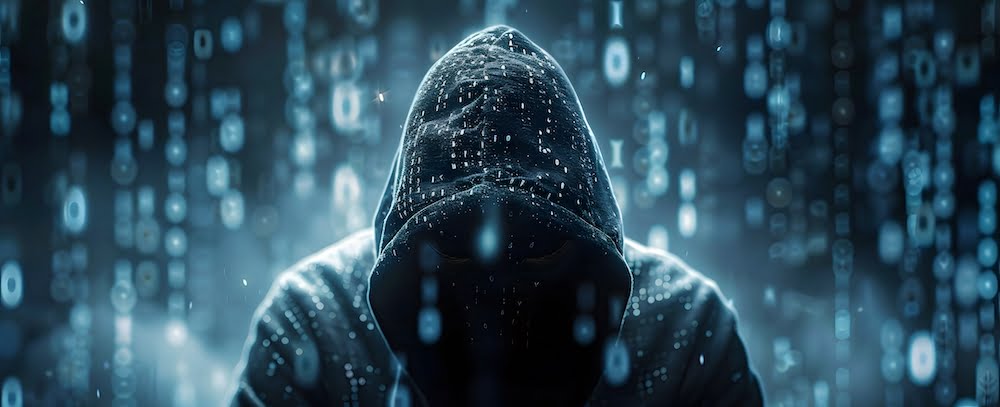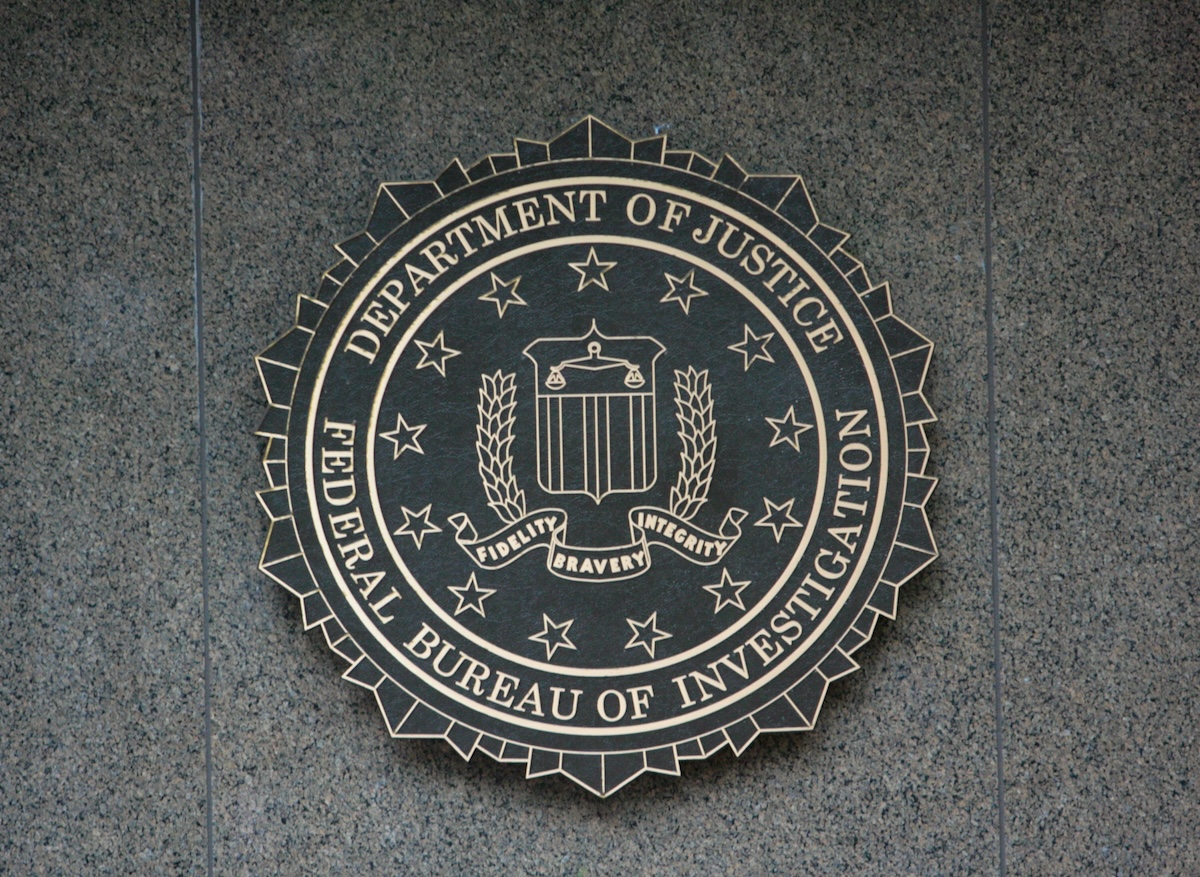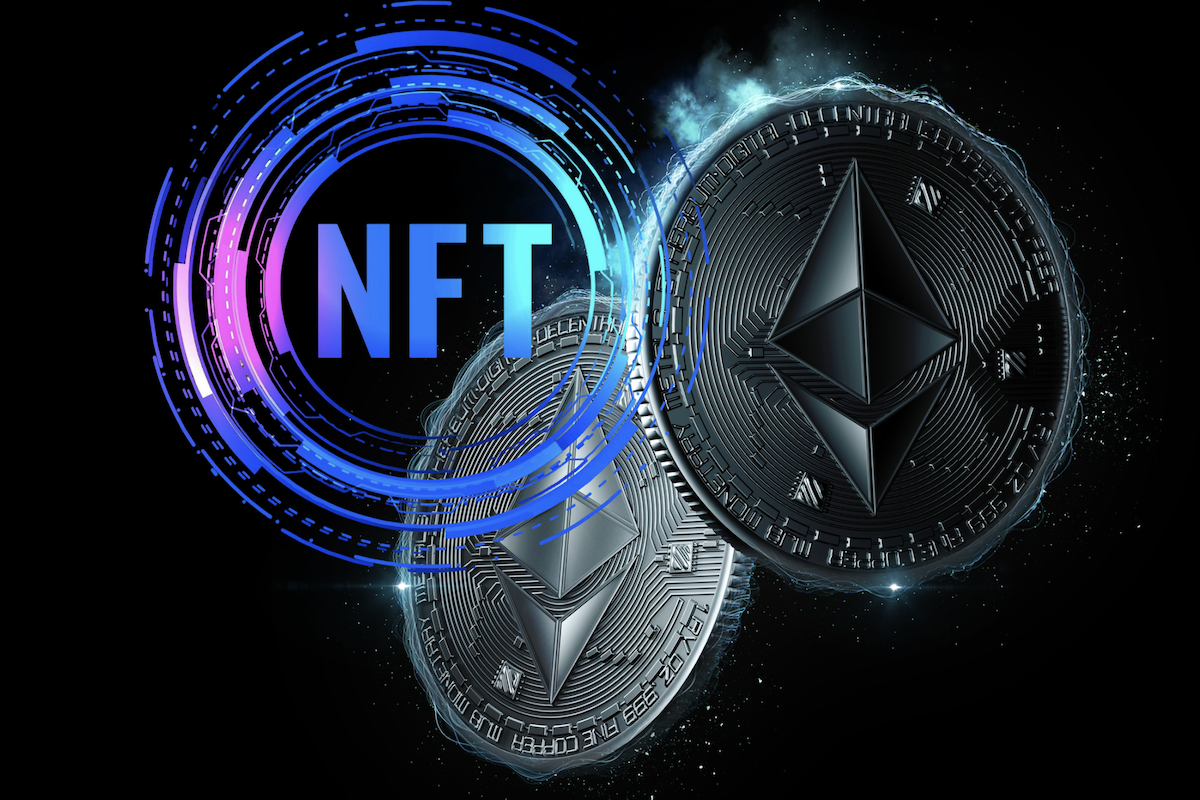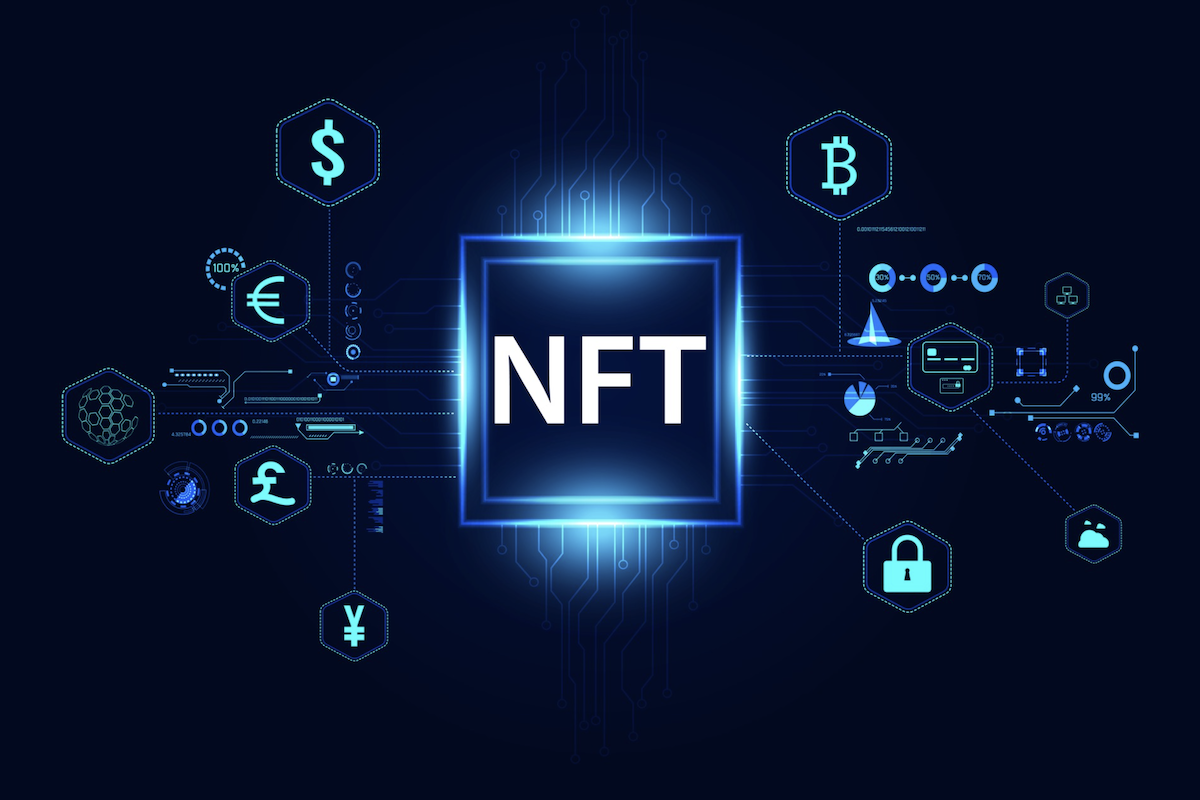Using NFTs to Stop the Spread of Deepfakes
Discover how NFTs can be a powerful tool in the fight against deepfakes. Explore the potential of blockchain technology to protect digital media.

Deepfakes are a growing threat online, generating content that is hyper-realistic yet false. As this threat grows, NFTs, along with blockchain technology, could become instruments for safeguarding digital media from the deepfake menace. Indeed, what deepfakes threaten, NFTs can offer verifiable ownership and authenticity. And while deepfakes impersonate humans, NFTs fingerprint real digital content, making the kind of content that deepfakes go after much less valuable by virtue of its lack of authenticity.
Serious Problems with Deepfakes
Deepfakes create a wide range of issues that span personal, political, and societal levels. These problems highlight the need for stronger measures to address the following challenges:
Erosion of Trust
Deepfakes erode media trust and make it hard for the public to tell real content from fake. The ripple effects of this are many. For one, deepfakes can weaken trust in visual and auditory forgeries and, by extension, in the media. They also have the potential to undermine the trust society has in real images and media, which could clear the path for all sorts of new misinformation and disinformation.

Misinformation and Disinformation
False narratives are increasingly propagated through deepfakes, whether for political reasons, to harm individual reputations, or to fool the public. Deceptive videos can go viral and cause a lot of confusion and even panic, and the use of the human voice, as with past presidents, for instance, can make the fake talk seem more real. These subversive videos can also go a long way toward undermining genuine public trust.
This was highlighted when a deepfake audio clip appeared on the internet in 2023 that inaccurately depicted Keir Starmer, the leader of the UK Labour Party and now British Prime Minister, swearing at his staff. The clip was promptly proven false, but it still made its way into public consciousness and gave Starmer's reputation a hit.
Personal and Financial Harm
At an individual level, people have taken deepfake technology and used it to make fake pornography, tarnish someone's reputation, or even defraud businesses. The harm done at the personal and financial level because of these malicious acts is significant and can leave victims with no way to recover.

How NFTs and Blockchain Can Combat Deepfakes
Today, deepfakes keep pace with the new detection methods created to expose them. However, NFTs and blockchain technology offer a new way to address the issue. By providing a record of immutable and verifiable content creation and ownership, they could potentially allow us to know what is real again.
Content Authentication and Provenance Tracking
The decentralized structure of blockchain technology can offer a clearer record of any digital content. Videos, images, and audio can be recorded on the blockchain, allowing for a transparent and secure ledger of data that is associated with the content. This is not a tagging system that works only with the digital version of a work (like, for instance, working with a PDF file that has a corresponding tag for the blockchain), but rather a system that enables the content itself to be "on" the blockchain.
To illustrate, we could take a video of a political figure delivering a speech. When that speech is made and that video is produced, it could be recorded on the blockchain as a matter of public record. This would confer some level of security to that particular video and speech act, making it clear when and where the political figure had done and said what was in that video.
If then, on the other hand, someone tried to pass off a deepfake video of that same political figure doing the same act—like delivering the speech that had been made earlier—there would be no record of that fake on the blockchain.
NFTs as Digital Certificates of Authenticity
The digital certificates of authenticity that NFTs attach themselves to content and link that content directly to its creator. When something like a video or an image is minted as an NFT, it carries with it a promise of originality. The NFT itself includes metadata that includes all the details that define it, like its name, traits, transaction history, and other important info. It also comes with a unique ID number, which is an essential part of its identity.
For example, a well-known person could create NFTs from their videos or photos. This would allow fans and the media to verify the authenticity of their content. If a deepfake of that famous person were to appear, it would obviously not carry the NFT verification, helping to debunk the fake. In essence, NFTs maintain the connection between the media and the creator, which has been lost since the rise of digital content.

Smart Contracts to Regulate Content Usage
Blockchain technology enables the deployment of smart contracts—self-executing agreements that run on preset rules—between parties. In the context of regulating digital content, a smart contract can stipulate how that content can be used or modified.
A creator can embed directions for permissible usage and disallow anything that would violate the terms of the contract. For instance, a video creator could stipulate in the smart contract that the video couldn't be appropriated or that it couldn't be altered under any circumstances because any alteration to the medium would violate the contract terms.
Decentralized Content Verification Platforms
Decentralized platforms for media content built on blockchain technology would enable the very easy and quick verification of deepfake videos and similar content. This is because those platforms—based on a transparent, distributed ledger and using smart contracts—would flag and/or remove any unverified or poorly verified content like a deepfake. And they would do this in real time and automatically.
Drawbacks of Using NFTs and Blockchain to Combat Deepfakes
Though NFTs and blockchain technology hold great potential for establishing the authenticity of digital content, they face several challenges that limit their effectiveness against deepfakes. For one, NFTs have not yet seen widespread adoption. And while blockchain transactions can be expensive, the actual authenticity verification process using NFTs would require many, many transactions. That's because a high-volume content platform would need to verify each piece of incoming content against its own increasingly large body of verified media.
An additional risk is that bad actors might use NFTs to lend an air of legitimacy to counterfeit content. And the reliance on external storage for NFT-linked media is a vulnerability that storage providers and users would need to address.
Conclusion
Trust, authenticity, and security are vital to a healthy digital society, and deepfakes threaten them. How blockchain law will move forward is uncertain and makes the use of blockchain for deepfake detection more complicated. Just as important to consider is the fact that deepfakes can still exist and thrive outside of the blockchain.
Ultimately, NFTs may be part of the solution, but they need to be combined with other technologies and regulations to be fully effective.
Editor’s note: Written with the assistance of AI – Edited and fact-checked by Jason Newey.





